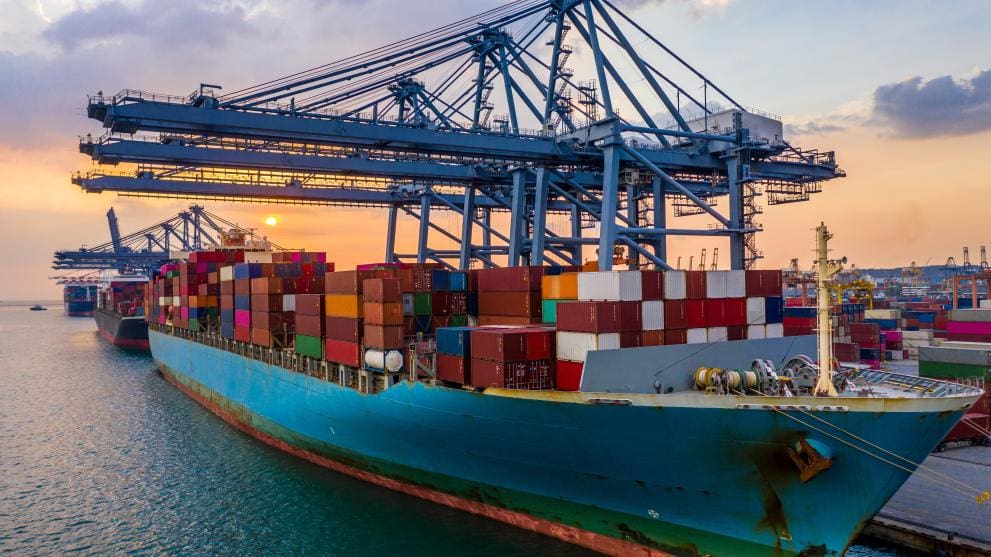South Africa Snapshot
South Africa, with a population of 60.14 million and a GDP of US$302bn in 2020, is the third largest African economy behind Nigeria and Egypt. Although mainly mining based, with vast mineral resources and commodities, such as platinum, gold, iron ore and coal topping its export basket, the country boasts ‘world-class’ manufacturing capabilities in certain manufacturing industries. Vehicle and machinery exports alone totalled US$14.8 bn in 2020 – almost one fifth of total exports. At 62%, the main contributor to GDP remains the country’s burgeoning service sector.
South Africa has a dual economy with ‘world-class’ features, such as a well-developed banking and financial system, advanced infrastructure, superior IT networks and one of the top exchanges in the world. Also, its macro-economic stability and budget transparency are rated highly. As a regional powerhouse, it accounts for about 51% of SADC’s output and has a significant footprint in the region in terms of FDI, utilities, telecommunications and retail services. However, the country is also plagued by high levels of poverty, huge income inequality, and high unemployment – notably of the youth. The overall unemployment rate stood at 32.6% in 2021Q2, with the expanded rate as high as 43.2%. Government is therefore directing various interventions towards addressing this untenable situation, most notably through a programme of re-industrialisation, modernisation of its infrastructure, regional integration and a focus on labour-intensive sectors, such as tourism and agriculture.
The global Covid-19 pandemic has not left the country unscathed. Although the country has been experiencing low levels of growth over the recent past, averaging a mere 0.8% p.a. for the five years preceding the outbreak of the pandemic in 2020, the pandemic decimated the economy in 2020, leading to an unprecedented contraction of 7.0% in GDP. Given the base effect, a global growth recovery especially in South Africa’s trading partners, high commodity prices and some green shoots seen in the local economy during the first quarter of 2021, a GDP growth rate of 4.2% is predicted for 2021. Thereafter, the economy is expected to return to its longer-term trajectory, with growth of 2.3% and 2.4% predicted for the following two years. If not for the civil unrest experienced in KwaZulu-Natal and Gauteng during the middle of 2021, the growth outlook for this year would have been even higher.
South Africa is currently experiencing historically high trade surpluses on the back of low demand for imports and record-breaking export values. Despite upside risks, the inflation outlook for 2021 to 2023 remains tempered and within the SARB’s target range. Given these factors, it is expected that the SARB will be able to maintain a more accommodating monetary policy stance for a longer period. An area of concern, however, is the current debt levels experienced by government. Support for both individuals and businesses during the pandemic, coupled with low levels of income by the state, have placed enormous pressure on the fiscus. However, the government has committed itself to stabilise the debt-to-GDP ratio at 87% by 2023-2024, where after it is expected to decline.bt-to-GDP ratio at 87% by 2023-2024, where after it is expected to decline.
Contact us to access WOW's quality research on African industries and business
Contact UsRelated Articles
BlogCountries Administrative and support activitiesSouth Africa
State-owned enterprises in South Africa – a sword of Damocles for the fiscus
Contents [hide] As articulated in the Who Owns Whom report on South Africa’s SOEs , the major SOEs’ total asset value (financial and non-financial) rose by 2.1 % to R1.65...
BlogCountries Public administration and defence compulsory social securitySouth Africa
South Africa’s security industry: A puzzle worth unravelling
No one can build his security upon the nobleness of another person” – Willa Cather Contents [hide] Security is an integral part of society, yet it is often taken for...
BlogCountries Electricity gas steam and air conditioning supplySouth Africa
South Africa’s Maritime Sector: Growth, Green Tech & Global Competition
Contents [hide] There is no doubt that the maritime transport sector is an important keg in the South African economic wheel. According to the Who Owns Whom report on maritime...





